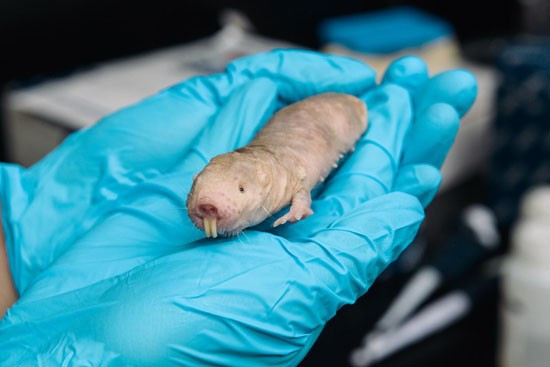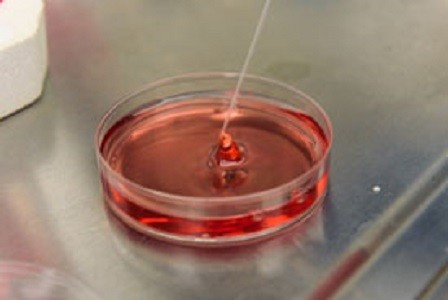Naked Mole Rat Holds Cure to Cancer, Claim New York Scientists

The hairless rat has a chemical in its skin that makes it cancer-proof, researchers at the University of Rochester in New York have found.
A study by Andrei Seluanov and Vera Gorbunova, published in the journal Nature, found that the naked mole rat's tissues are rich with high molecular weight hyaluronan (HMW-HA), a goo-like substance involved in tissue repair.
The scientists began to examine HMW-HA after noticing a gooey substance was clogging the vacuum pumps of tubing in the naked mole rat. "We needed to understand what the goo was," said Seluanov.
Naked mole rats live for 30 years and the researchers decided to test HMW-HA to see if it played a role in the animal's cancer immunity.
Once they removed HMW-HA, the cells became susceptible to tumours, showing it provided protective benefits against cancer. The team found naked mole rats recycle HMW-HA very slowly, meaning the chemical accumulates inside the animal's tissue.
The gene involved in making HMW-HA was also identified - HAS2 - and found that this gene is different from HAS2 in all other animals.

Previously, the researchers have looked at how naked mole rats stop the production of cells when too many of them crowd together.
Gorbunova said: "A lot of cancer research focuses on animals that are prone to cancer. We think it's possible to learn strategies for preventing tumours by studying animals that are cancer-proof."
They believe the naked mole rats may have developed higher levels of hyaluronan in their skin to help them survive life in underground tunnels.
The researchers now plan to test the effectiveness of HMW-HA in mice and if they prove successful, plan to begin trials on humans. Seluanov said: "There's indirect evidence that HMW-HA would work in people.
"It's used in anti-wrinkle injections and to relieve pain from arthritis in knee joints, without any adverse effects. Our hope is that it can also induce an anti-cancer response."
© Copyright IBTimes 2025. All rights reserved.






















